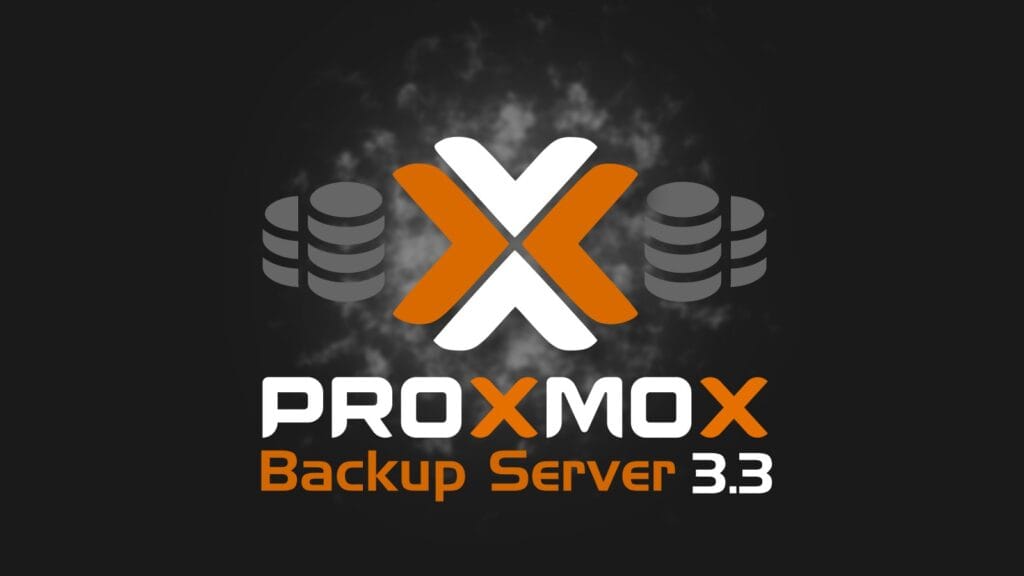Proxmox Server Solutions GmbH announced the release of Proxmox Backup Server 3.3. This latest version introduces significant enhancements that make backing up and restoring virtual machines, containers, and physical hosts more versatile and efficient.
For those unfamiliar with it, Proxmox Backup Server is an enterprise open-source backup and recovery solution that integrates seamlessly with Proxmox Virtual Environment. It allows simple storage configuration and provides tools like deduplication, compression, and encryption for streamlined and secure backups.
In addition to being easy to use, it supports enterprise-grade performance and scalability, which makes it a strong contender in data protection for modern IT infrastructures. Now, back to the topic.
The new Proxmox Backup Server 3.3 release introduces several new features that improve usability, flexibility, and speed, with the main highlights being:
Updated Foundations: Proxmox Backup Server 3.3 is based on Debian 12.8 but runs on a newer Linux kernel (6.8 by default, with kernel 6.11 available as an opt-in). The backup platform also comes with ZFS 2.2.6, which includes compatibility patches for kernel 6.11, further enhancing performance and compatibility.
New Sync Job Push Mode: Sync jobs are designed to create offsite backups by synchronizing datastore contents between onsite and offsite servers. Before this update, the offsite server had to “pull” backups from the onsite location.
With version 3.3, the onsite server can now “push” backups to the offsite location, even if the offsite server lacks the capability to initiate network connections. This development enhances flexibility, especially in environments with strict security or networking constraints.
Webhook Notifications: To enhance automation and monitoring, Proxmox 3.3 now supports a webhook notification target. This feature enables users to create HTTP requests triggered by events like sync jobs, garbage collection, or backup verification. Webhooks can be customized, including request headers and body content, allowing easy integration with other services that support webhooks.
Faster Host and Container Backups: The new version brings a major speed boost for backing up host filesystems and containers from Proxmox VE. By efficiently detecting files that have not changed since the last snapshot, Proxmox Backup Server can skip unchanged files, significantly reducing the time needed for file-based backups, particularly for large data sets.
For more details, check out the release announcement or the full changelog, which includes a complete list of changes.
The new version is now available for download as an ISO image, which can be quickly installed on bare-metal hardware using an installation wizard. Users of previous versions can easily upgrade via APT, and those running Debian can opt to install the Proxmox Backup Server on top of their existing system.
Lastly, it’s worth noting again that Proxmox Backup Server is free and open-source software licensed under the GNU AGPLv3. However, enterprise users who require additional support can subscribe to Proxmox’s enterprise support model.
